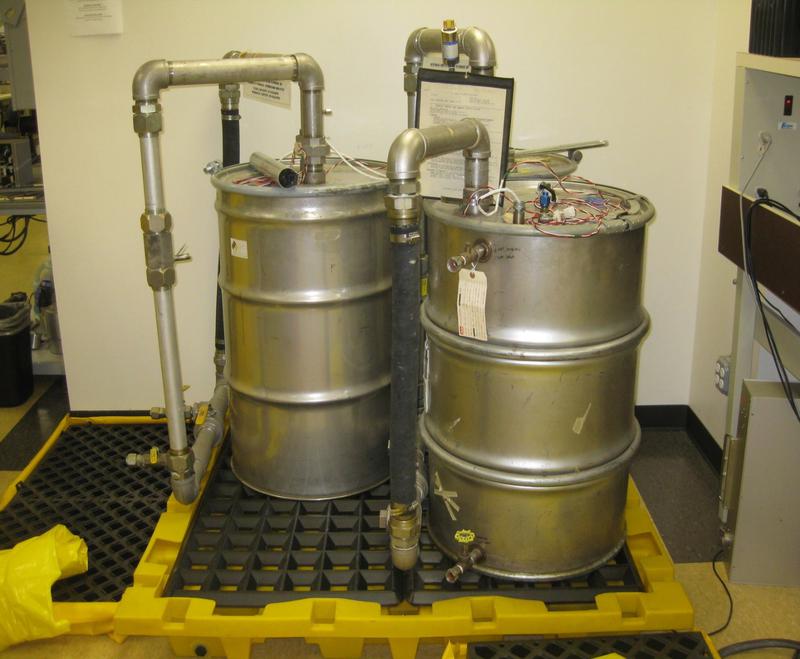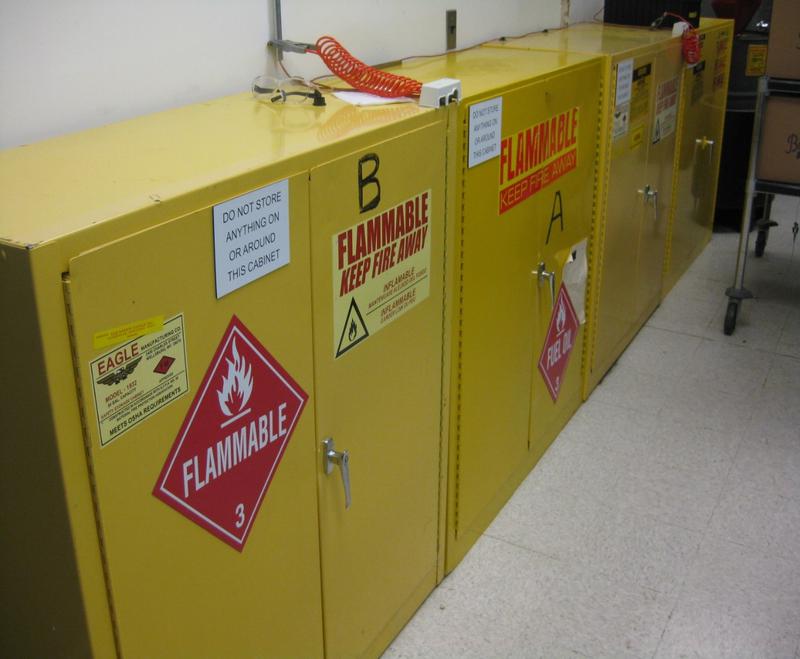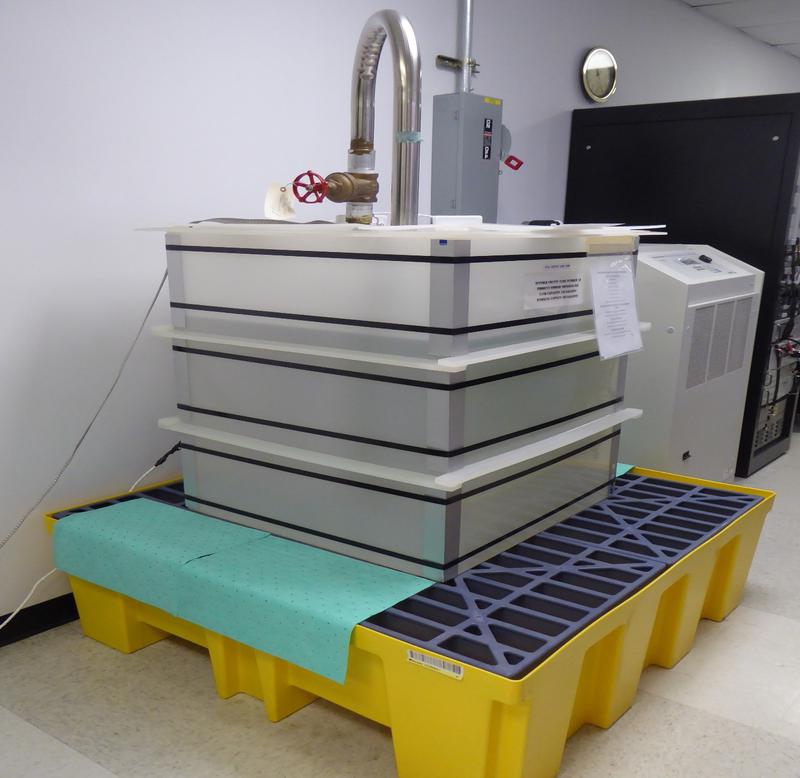
The overarching mission of New York City (NYC)’s Community Right to Know Law is to protect the environment, health and safety of the general public, emergency response personnel, as well as private and public properties against exposure to hazardous substances as a result of fire, spill or accidental release, and assist emergency response personnel in the mitigation of fire, spill or accidental release from industrial, commercial or public facilities that handle such substances. As part of the effort to execute this mission, certain information, such as chemical names, amounts stored, characteristics of the substances, methods of safe treatment and potential health effects must be provided to the New York City Department of Environmental Protection (NYCDEP). This information is needed to facilitate planning to prevent exposure to hazardous substances and to enable government inspectors to ensure compliance with other local environmental and public safety laws.
Guidance to NYC businesses and facilities on filing Annual Right to Know Reports can be found in Walden’s blog, “Did you Miss the Annual Right to Know Filing Deadline with the NYC DEP.” More information can be found in Walden’s blog, “Don’t Miss the Annual Community Right-to-Know (Tier II Inventory) Filing Deadline!”

The Community Right to Know Law requires any facility that has extremely hazardous substances (EHS) or regulated toxic substances at or above certain baseline quantities to prepare and submit a Risk Management Plan (RMP) to NYCDEP. These baseline quantities, known as threshold planning quantities (TPQ), are determined for each individual hazardous substance by the US Environmental Protection Agency (USEPA). In a situation where a substance is listed on both the EHS list and the regulated toxic substances list, the lower of the TPQ value shall be taken into consideration.
Note that USEPA has a separate Risk Management Plan Rule established under Section 112(r) of the Clean Air Act Amendments.
Why is a Risk Management Plan Important?
A RMP documents that the activities of a facility are conducted in a manner such that the presence and use of EHS do not pose a hazardous risk to the facility personnel as well as to the local environment. The purpose of the RMP is to safeguard the surrounding communities, workers and emergency response personnel from hazardous substances, EHS and regulated toxic substances, by minimizing the harm posed by a potential release of such substances. The RMP also serves as a record-keeping database of any previous accidents that may have occurred at the facility. A record of previous accidents serves as a reference to guide the development of operational procedures incorporating higher standards of safety to reduce the possibility of future accidents.
A RMP is primarily divided into three elements:
- Risk Assessment Program – Evaluates all equipment and operational procedures at a facility to determine the extent of risk posed to the human health and environment.
- Risk Reduction Program – Recommends applicable alternative equipment and/or operational procedures at a facility which would minimize exposure to hazardous substances.
- Emergency Response Program – Includes step-by-step strategies to manage emergencies that jeopardize the safety of personnel at the facility as well as the safety of the local community.

For whom is a Risk Management Plan applicable?
A RMP applies to any facility that has extremely hazardous substances or regulated toxic substances at quantities that are equal to or exceed the threshold planning quantities. This includes, but is not limited to:
- Electroplating facilities
- Automotive shops
- Dry Cleaners
- Industrial and Commercial Businesses
- Laboratories
- Hospitals
- Utilities
What happens if a RMP is not filed/Improperly filed?
Any business that fails to file a required RMP or that fails to amend a RMP, may be subject to penalties from NYCDEP as follows:
- An amount between $250 and $2,500 for a first violation.
- An amount between $1,750 and $5,000 for a second violation.
- An amount between $3,750 and $10,000 for each subsequent violation.
Any business that makes any false statement, certification or misrepresentation on a RMP would be subject upon conviction to a maximum fine of $1,000, imprisonment of up to one year, or both.
Does your facility work with hazardous substances? Are you unsure whether or not your facility requires a RMP? Walden’s team of environmental engineers can help in determining your facility’s requirement for a RMP as well as prepare and file a RMP on behalf of your facility, in accordance with the NYCDEP and/or USEPA guidelines. Please contact Walden Environmental Engineering at 516-588-6859 to learn more about your RMP filing requirements.
